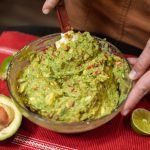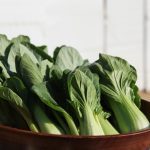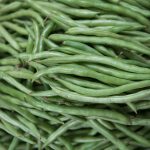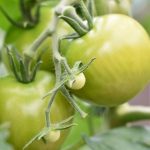Get The Most Out of Your Hot Peppers from Backyard Eats
Harvesting Hot Peppers
When It’s Ready
- Habanero peppers are ready to harvest when fully orange
- Jalapenos can be picked at any stage from green to red: the redder they are, the sweeter they’ll be
- Shishitos can also be picked at any stage
Harvest Window
- Jalapeno: early-mid July – first frost
- Habanero: early-mid August – first frost
- Shishito: late June/early July – first frost
When It’s Too Late
- Both Jalapeno and Poblano peppers will grow spicier if left on the vine
How To
- Cut individual peppers from the plant, leaving a short stem above the calyx (the green part attached to the fruit)
Growing Hot Peppers
Hot peppers, also known as chili peppers, are a popular ingredient in many cuisines around the world. They have a spicy and pungent flavor that ranges from mild to extremely hot, depending on the variety. Hot peppers are typically used as a seasoning or ingredient, and can be added to dishes either fresh or dried. They pair well with a variety of other ingredients, including garlic, onions, and tomatoes. Hot peppers can be used to add heat and depth of flavor to a range of dishes, including soups, stews, curries, and sauces.
Varieties of Hot Peppers:
Jalapeno Pepper | Shishito Pepper
Storing Hot Peppers
Fresh Storage: Peppers can be stored fresh for 1-6 weeks in the fridge.
Long-Term Storage: Peppers can be dried in a cool and dark place for long term usage.
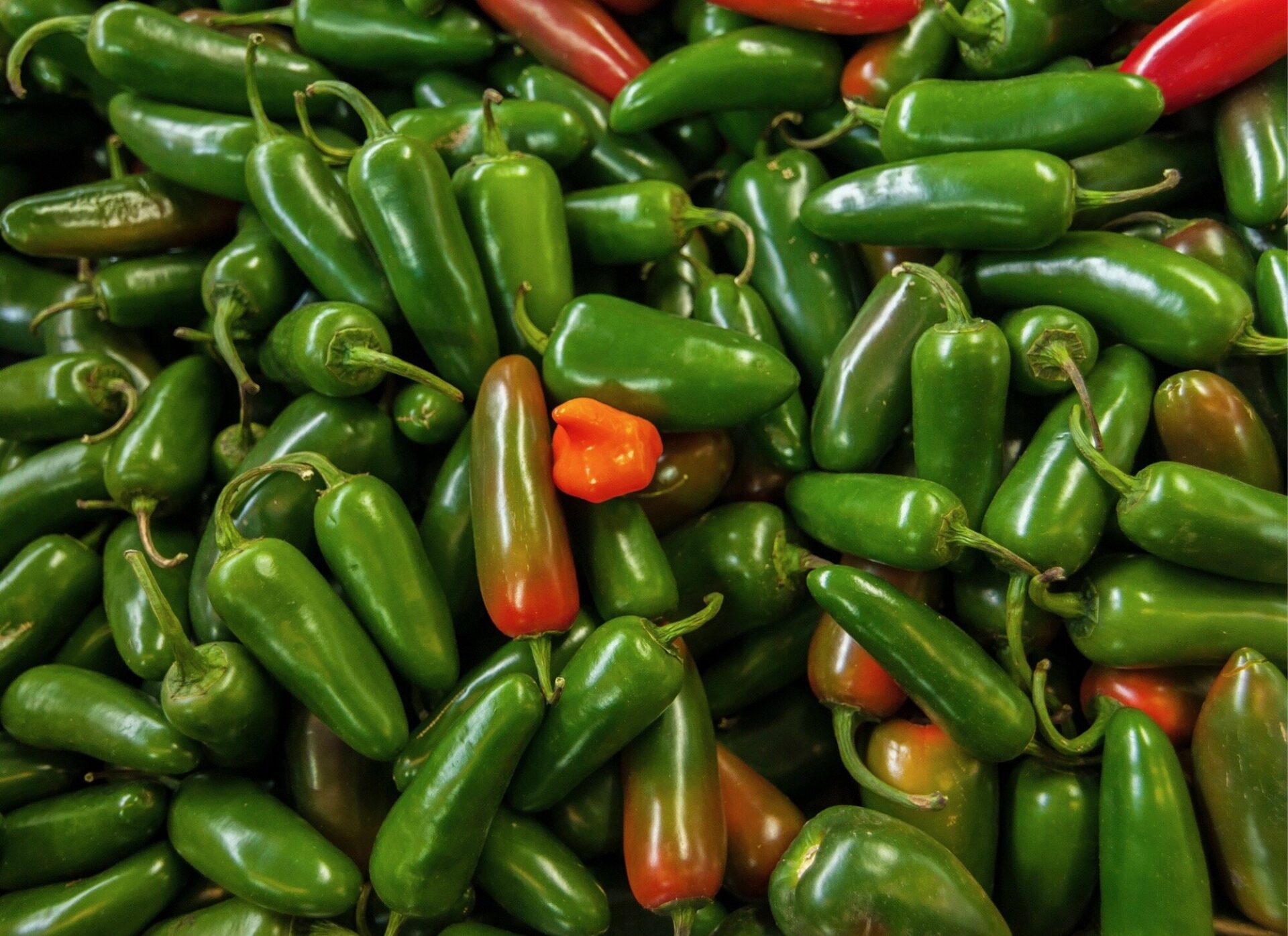
Cooking With Hot Peppers
- Spicy Salsa: Dice hot peppers, such as jalapeños or serranos, and mix them with tomatoes, onions, cilantro, lime juice, and salt. Adjust the amount of peppers to your desired heat level for a fiery and flavorful salsa.
- Stuffed Hot Peppers: Slice hot peppers lengthwise and remove the seeds. Fill the pepper halves with a mixture of cream cheese, shredded cheese, and herbs. Bake or grill until the peppers are tender and the filling is melted and golden.
- Spicy Stir-Fry: Slice or dice hot peppers and add them to stir-fries for an extra kick of heat. Pair them with other vegetables, meats, and your favorite stir-fry sauce for a spicy and flavorful dish.
- Hot Pepper Jelly: Blend hot peppers with sugar, vinegar, and pectin to create a sweet and spicy jelly. Use it as a condiment for cheeses, crackers, or as a glaze for meats.
- Pickled Hot Peppers: Slice hot peppers and pickle them in a mixture of vinegar, water, salt, and spices. Let them sit for a few days to develop tangy and spicy flavors. Use the pickled peppers as a condiment, in sandwiches, or to add heat to various dishes.

